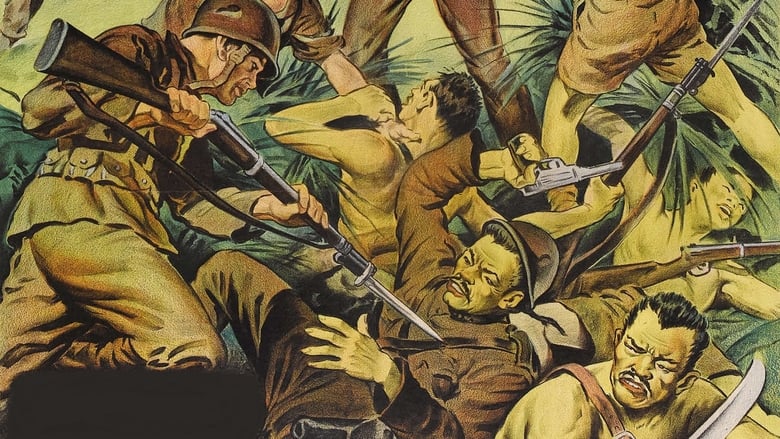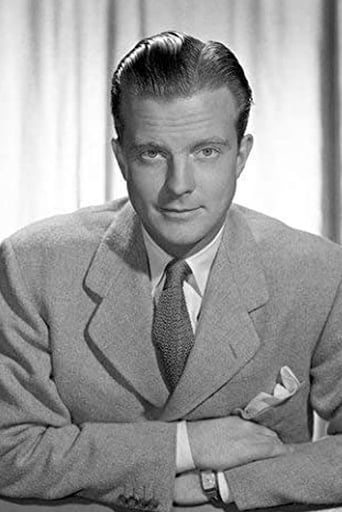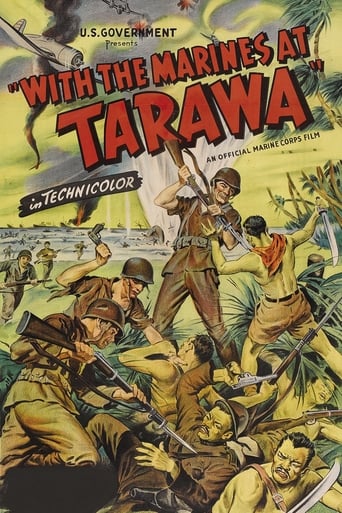
Documentary short film depicting the harrowing battle between the U.S. Marines and the Japanese for control of the Pacific island of Tarawa.
Similar titles
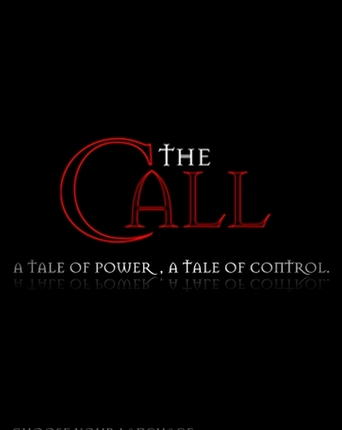
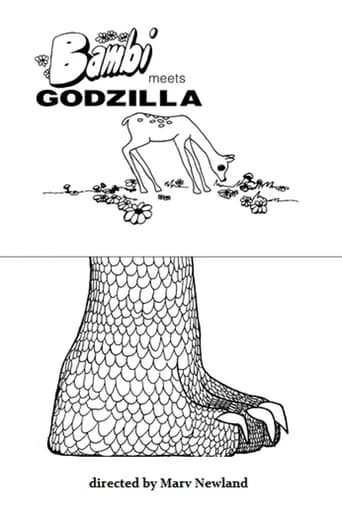
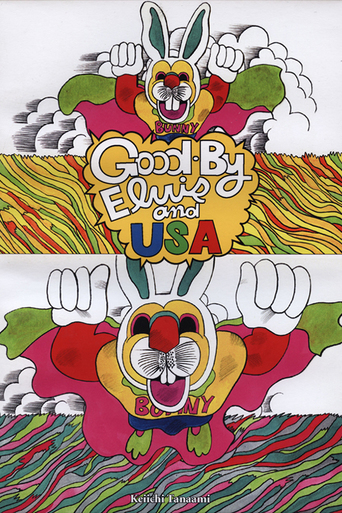

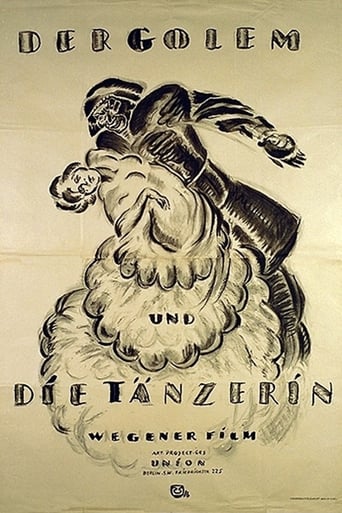

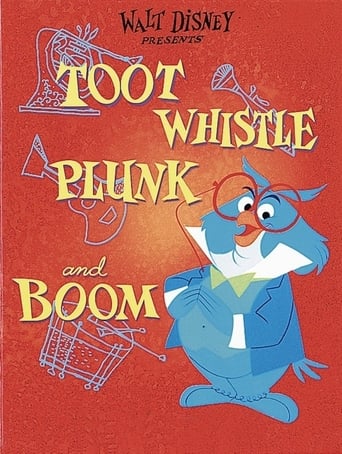
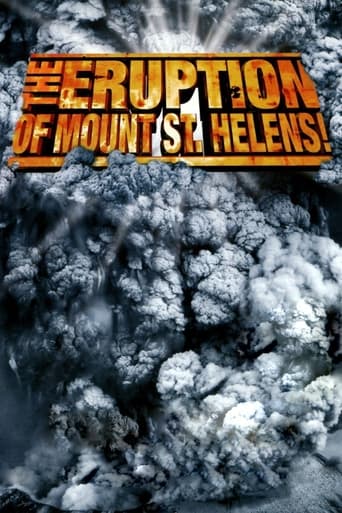
Reviews
People are voting emotionally.
Excellent, Without a doubt!!
Admirable film.
It is an exhilarating, distressing, funny and profound film, with one of the more memorable film scores in years,
"With the Marines at Tarawa" is a 20-minute color documentary from 1944 and this movie shows us how Americans and Japanese fought during World War II for an important strategical spot. It is a war documentary, that says it all basically. If you like these, you will probably enjoy this short one here. If you don#t like these, then you probably won't. I myself am usually not a great fan of this genre and this one here is no exception unfortunately. I can see why it won an Oscar and other awards as it was truly relevant in terms of the political climate back then, so yeah. In this case I can not give you a recommendation. You need to decide for yourself subjectively if this is your cup of tea. I personally give it a thumbs down.
Director Louis Hayward delivers an important Oscar-winning documentary short about the Battle of Tarawa in the South Pacific. America suffered almost 1700 dead which shocked the country. The movie has colored war footage filmed by combat reporters right in the thick of the fight. It proved to be too graphic to exhibit until President Roosevelt approved it himself. It brings war documentary to a new level of realism. As propaganda, this is a very risky move by Roosevelt. The bloody fight could have sapped the resolve of the American people. Instead, the people rose to the occasion and come to understand the difficult fight yet to come.
It's a documentary, mostly in color, made about the landing of US Marines on Tarawa, basically the first time an amphibious operation was launched against organized resistance in the war.And it's well done for what it is, a short film designed to boost morale at home. A lot of splendid and brave combat photographers accompanied the Marines in their slog across the small, low-lying sandy atoll. Some of the footage is startling -- half a dozen enemy soldiers running the gauntlet some 50 yards away while Marine riflemen try to bring them down, with both the Japanese and Americans in the same frame.They wouldn't make it this way today. The Japanese are "Japs." And their resistance is "fanatic." Instead of the monumental foul up of landing craft stuck on the reef -- a mistake due to inaccurate charts -- and the infantry having to wade across hundred of yards in the lagoon, sometimes drowning but always under enemy fire, we hear simply that "the Marines had to wade ashore." The enemy had been preparing for weeks for the invasion and were well dug in. The naval bombardment wasn't long enough and there were difficulties in communicating from shore to ship. A low atoll is a difficult target. And, like Porter Alexander's bombardment of Cemetery Ridge at Gettysburg, many shells overshot the little island or bounced off it to explode in the sea on its far side. None of this is brought up.If it were being made today, surely the heroics of the actor, Eddie Albert, would be mentioned. He commanded a salvage boat carrying gasoline that rescued many wounded and stranded infantrymen while under heavy small arms fire.The errors and bad luck that plagued the operation aren't described for what I would presume to be a simple reason. Why give away the lessons you've learned to the enemy? It was a hellish battle, which only a handful of Japanese soldiers and Korean laborers survived. And this film provides a good overall sketch of the assault with a surprising amount of up-front combat footage.
Winner of an Academy Award in 1945 for Best Documentary Short Subject, this brief (less than 20 minutes) piece provides highly dramatic footage of the 20/22 November 1943 assault by an American combined military force upon Japanese-held Tarawa Atoll, a Pentagon size islet that housed a strategically important air base for Japan, being located at the outer rim of its Pacific defense formation. Over a 76 hour period, nearly 10,000 lives were lost during fierce fighting that pitted the Second U.S. Marine Division against resolute opposition, visually recorded here as it occurred by 19 Division cinematographers under the supervision of Captain Louis Hayward, well-known film actor who, in addition to acquiring the Academy Award, earned a Bronze Star for his efforts. The film's initial scenes depict the approach, by U.S. Naval and Coast Guard convoy, of the Marines, supported by carrier aircraft, and we watch as sealed orders are physically transferred by steel cable between a transport to the command vessel, divulging the mission objective, following which troops prepare extra ammunition for loading, exercise to allay tension, and receive a briefing from their officers along with a blessing from the Division chaplain. The actual attack upon Tarawa is preceded by a four hour bombardment of the atoll from Naval artillery and aircraft that consumed more than four million pounds of explosives, for what was hoped would have a highly destructive effect upon an entrenched enemy. However, the defenders were not to be caught flat-footed, and before the gruelling battle was over, 1009 Marine and Naval personnel had died. It was one of the most savagely fought struggles within the Pacific Theater during the Second World War, and matters were made more difficult for the Americans due to drastic misreading of tide patterns by their leaders. This bungle becomes particularly meaningful after a viewer observes a religious service given by a Roman Catholic priest the night prior to opening of hostilities during which, as the camera eye pans over young Marine faces, the narrator states flatly: "Many of these men were killed the following morning." This concise but engrossing military documentary garnered an Academy Award for Warner Brothers, while its co-production unit, United States Office of War Information, would be able to take credit for sharply increasing the sale of war bonds to an aroused citizenry.
Top Streaming Movies











